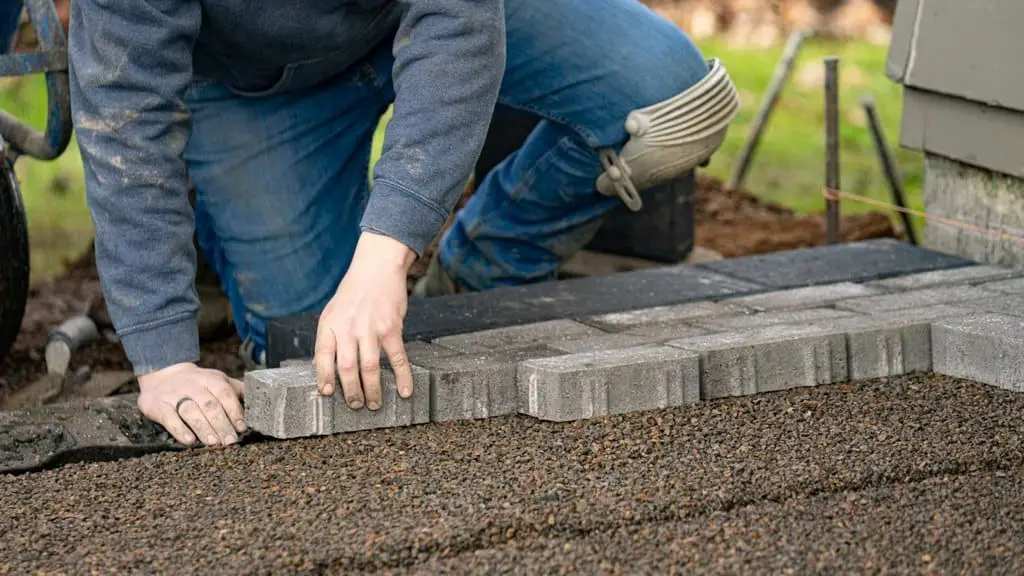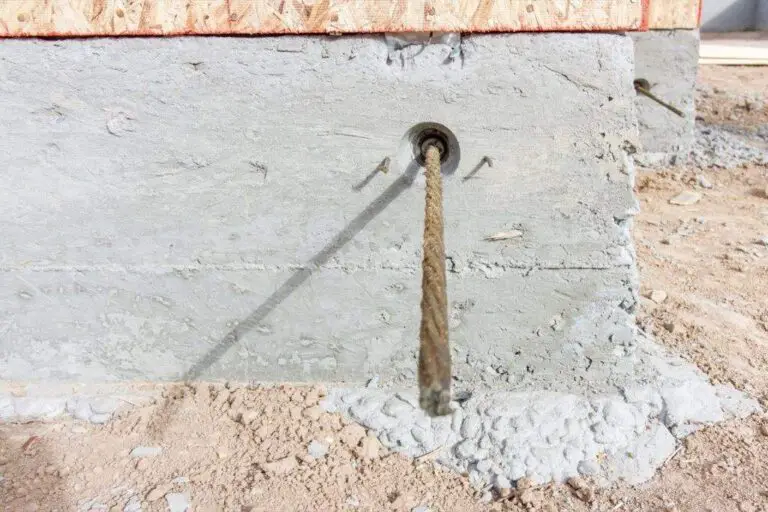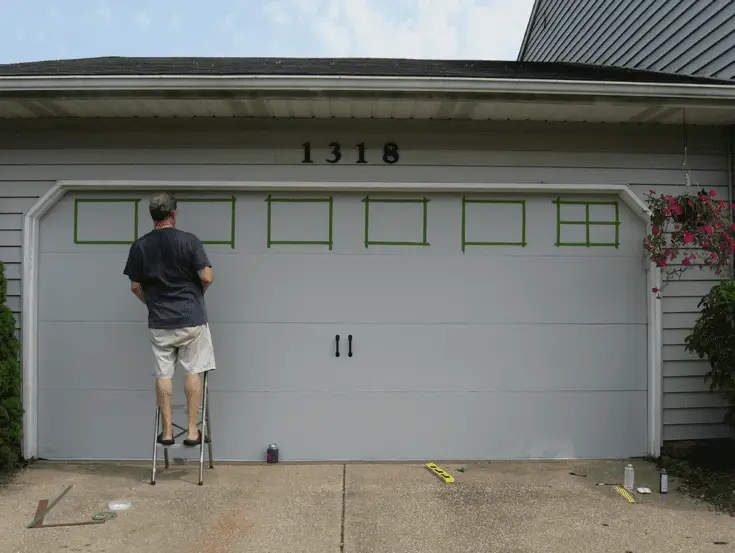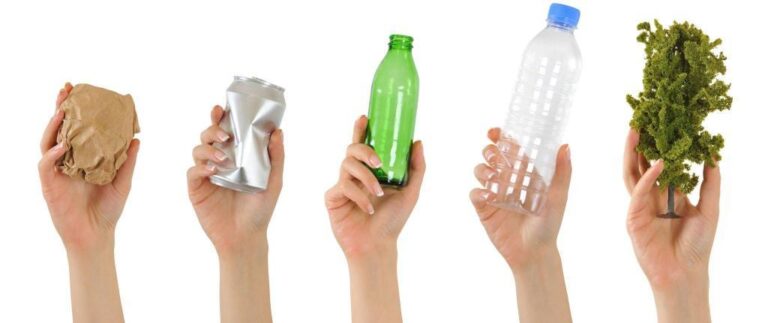Base for Interlocking Paving Stones: Choosing Best Paver Material

When most people think of paving stones, they think of a large, flat slab of stone that is used to create a path or driveway. Paving stones, however, come in a variety of shapes and sizes and can be used to create all sorts of surfaces. One type of paving stone that is becoming increasingly popular is the interlocking paving stone.
Interlocking paving stones are made up of small, square tiles that fit together like puzzle pieces. This type of stone is perfect for creating pavements, paths, and driveways because it is strong and durable.
Interlocking paving stones are also very easy to install, and they can be installed by anyone with basic DIY skills.
Your landscape will benefit greatly if you install some pavers in it. A basic example of pavers being utilized in landscaping is stones, and they generally enhance the appeal and beauty of your landscape.
If you’re using interlocking paving stones on a driveway or patio, you should use a base material that will support the weight of vehicles or people. A base of crushed stone or gravel is ideal for this purpose.
Whether you use this type of paver for a walkway or porch, interlocking paving stones in sand is easy to do. If you’re using them on a walkway, you can use a base of sand or soil.
Using the wrong base material can cause your pavers to sink over time, which can lead to cracking and other problems.
In this article, we will explore the choice of the base for interlocking paving stones. What are things that need to be considered when choosing the best paver material as the base for interlocking paving stones?
The Benefits of Interlocking Paving Stones
When it comes to paving stones, there are a variety of options to choose from. However, one of the most popular choices is interlocking paving stones. There are several benefits that come with using them. Here are some of them:
1. Interlocking Paving Stones Are Durable
Interlocking paving stones are known for their durability. In fact, they can last for decades if they are taken care of properly. They can withstand heavy traffic and extreme weather conditions, making them a great choice for pathways, driveways, and other outdoor areas. This is because they are made with high-quality materials that can withstand heavy traffic and weather conditions.
2. Interlocking Paving Stones Installation is Simple
Another benefit of interlocking paving stones is that they are easy to install. In fact, most people can do it themselves with a little bit of help. This means that if you install it yourself, you can save money on the costs.
3. They Are Easy To Maintain (Low Maintenance)
Interlocking paving stones are easy to maintain. This is because you can simply sweep them, hose them down, or clean them with your garden hose without having to hire a professional. Additionally, they are low-maintenance, meaning you won’t have to spend a lot of time or money keeping them looking good.
4. They Are Easy To Repair
One of the most notable is their easy repairability. If a stone becomes damaged, it can be replaced without having to tear up the entire surface. This also makes them a great option for DIY projects, as even someone with limited experience can fix a paving stone without too much trouble.
5. Many Styling Options
Interlocking paving stones are a great way to create a unique and stylish driveway, patio, or walkway. There are many different styles and colors of stone available, so you can create a look that’s perfect for your home. Interlocking paving stones are also very durable and long-lasting, so you can enjoy your new surface for years to come.
Types of Base Material for Interlocking Paving Stones
When it comes to selecting the right type of base material for interlocking paving stones, there are a few factors to consider. The most important decision is determining the correct depth and width of the base. Once that is established, the type of base material can be selected.
There are several types of base material that can be used, including sand, gravel, crushed stone, recycled concrete aggregate, stone dust, compact soil, or asphalt.
The choice will depend on the climate, the terrain, and the weight of traffic that will be using the pavement. A cement or concrete foundation may also be necessary in some cases.
1. Gravel
Gravel is a commonly used base material because it is affordable and easy to install. Gravel can be sourced from a variety of places. River rock makes for a beautiful and durable base layer, but any type of gravel will work.
However, it can be difficult to keep in place during wet weather conditions. The size of the gravel pieces is important; they should be small enough to fit snugly together but not so small that they’ll get washed away in rain or snow.
2. Crushed Stone
When installing interlocking paving stones, it is important to use a base material that will support the weight of the stones and keep them in place. One option is crushed stone. This is a type of gravel that has been crushed into small pieces. It can be used as a base for both asphalt and concrete pavements, as well as for interlocking paving stones.
Crushed stone is available in a variety of sizes, from 1/4 inch to 3 inches. The smaller the pieces, the more compaction they will require for a stable base. When using crushed stone as a base for interlocking paving stones, it is important to compact it thoroughly before installing the pavers.
3. Recycled Concrete Aggregate
Concrete is a versatile material that can be molded into just about any shape or size, and it is also very durable. In addition, because concrete is made from recycled materials, it is environmentally friendly.
One downside to using concrete pavers, however, is the cost. The material can be expensive, especially if you need a lot of it. If you’re looking for a cheaper alternative, consider using recycled concrete aggregate instead.
Concrete is a good choice for a base material, but it is more expensive than asphalt. Concrete should be poured on a level surface and should be compacted with a roller before the pavers are installed.
Recycled concrete aggregate is made from crushed pieces of old concrete that have been cleaned and sorted for reuse. It is a cheaper option than regular concrete, and it has the added benefit of being environmentally friendly.
4. Stone Dust
Stone dust is an excellent base material for interlocking paving stones. It is a fine, powdery material that compacts well and provides a stable surface for the pavers. Stone dust can be used on its own as a base, or it can be combined with other materials like sand or gravel. When using stone dust as a base, be sure to compact it well to ensure that the pavers will stay in place.
5. Asphalt
Asphalt is the most commonly used base material because it is less expensive than concrete and it compacts well. It is important to use a quality asphalt mix that will withstand the weight of the pavers. Asphalt also needs to be sealed to protect it from UV rays and weathering.
6. Compacted Soil
A stable base is key when installing interlocking paving stones. The most common type of base with stability is compacted soil.
This is because it is relatively inexpensive and easy to work with. Compact soil can be packed down tight, providing a stable surface for the pavers to rest on. It is also moisture resistant, which is important since pavers can become very slippery when wet.
This can be done by either hand or machine. If compacting by hand, use a tamper or plate compactor. If using a machine, make sure the weight of the roller is enough to achieve the desired compaction.
Steps in Installing Interlocking Pavers
1. Choose the pattern or design
The first step is to choose the pattern or design of paving stones you want to use. You can get stones from any landscaping store or hardware store. When you order pavers, you need to know how many stones you will be using. So, take time to estimate the number of paving stones you need for your landscape.
2. Clearing the area
Then, begin the process of interlocking your pavers by clearing the area you have chosen to lay the stones.
3. Retaining border or edge
You need to make sure that you have a retaining border in your layout to keep the sand inside. You may use wood or plastic edging for the retaining border
4. Digging
Next, begin digging out the soil to about an inch deeper than the thickness of the paving stones.
5. Put and arrange the stones
And then you can go ahead and place the stones in your preferred pattern, but make sure that they are perfectly situated from one another to maintain its beauty. For a better result, arrange the larger stones at the perimeter while the smaller ones must be placed toward the center. You then need to make sure that the stones are tapped one at a time into the soil to make sure that they are on level.
5. Finishing
Now to finish interlocking the paved stones into the soil you should have sand as your filler and just sweep the sand into the holes using a broom. Also, thoroughly pour water around the area and let it dry. As soon as it has dried out, fill in the lowered area with sand and saturate with water again just to make sure that the sand is on the level.
Keep in mind that laying paving stones in sand will add beauty to your landscape. So, follow the quick and simple steps provided on this page when you want to interlock stones as your pavers for your home’s front or back yard.






